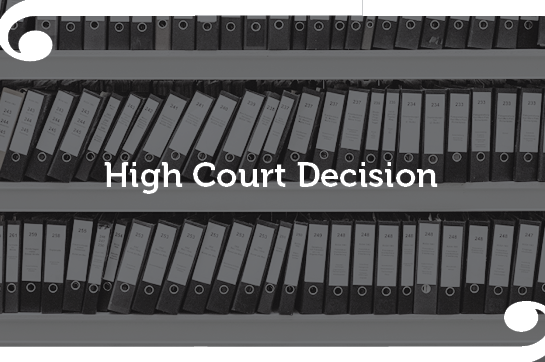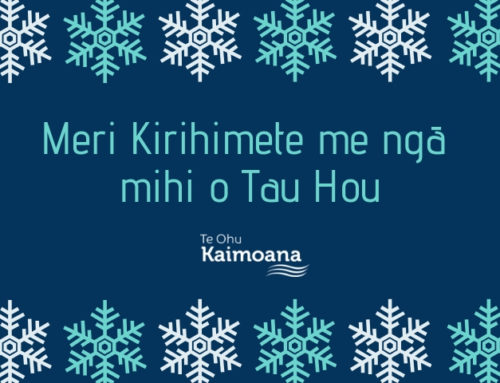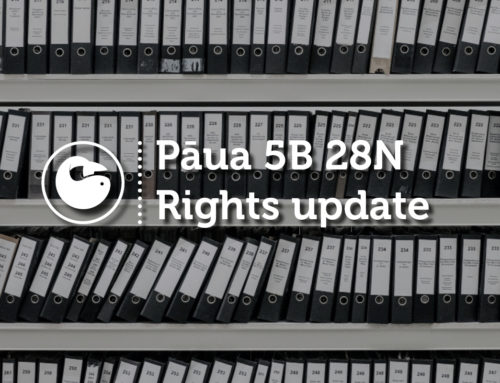A collaborative effort has seen a successful result in the High Court for iwi and the environment this week. The High Court has quashed the Environmental Protection Authority’s Decision-Making Committee’s (DMC) decision allowing Trans Tasman Resources Limited (TTR) to mine 50 million tonnes of iron sand from the deep sea floor, off the coast of Pātea in Taranaki. The activity would have seen 45 million tonnes of waste sediment discharged into 65 km² of Taranaki waters over the next 35 years.
“We welcome the High Court’s decision and acknowledge the efforts made by other appellants alongside Te Ohu Kaimoana, particularly those iwi of Taranaki – Ngaa Rauru and Te Rūnanga o Ngāti Ruanui, who challenged the DMC’s decision. The area off the coast of Pātea is a well-known habitat for marine life and it is our role to assist the iwi as kaitiaki to protect this taonga. We take that responsibility very seriously in the context of our obligations to uphold and protect the integrity of the Māori Fisheries settlement”, Te Ohu Kaimoana Chairman Jamie Tuuta commented.
Justice Churchman of the High Court ultimately agreed with appellants’ argument that the DMC’s interpretation and application of the “adaptive management” principle was too narrow. As a result, Justice Churchman quashed the DMC’s decision and referred the matter back to the DMC to be reconsidered.
The appellants were Te Rūnanga o Ngāti Ruanui Trust, the Trustees of Te Kaahui o Rauru, Te Ohu Kaimoana, Cloudy Bay Clams, New Zealand Federation of Commercial Fishermen, Fisheries Inshore New Zealand, Southern Inshore Fisheries Management, Talley’s Group, Greenpeace, Kiwis Against Seabed Mining, Forest and Bird and the Taranaki-Whanganui Conservation Board.




